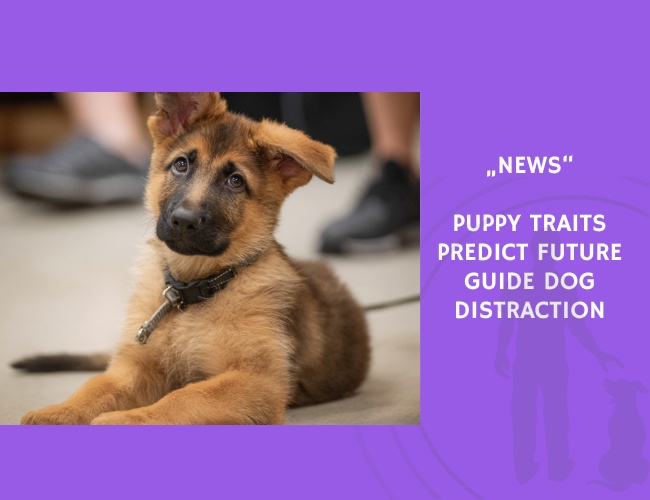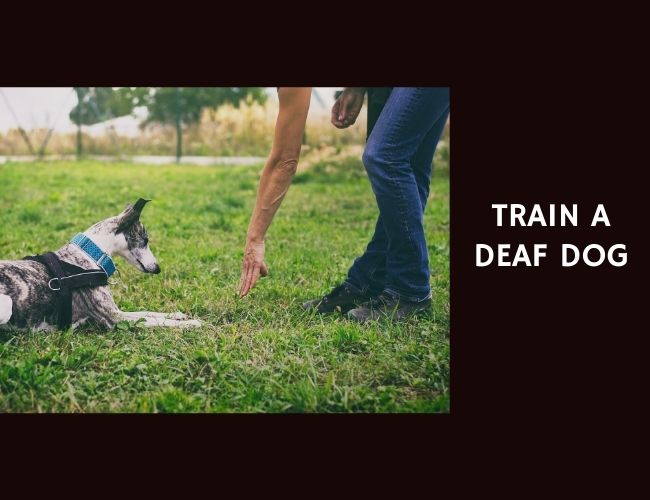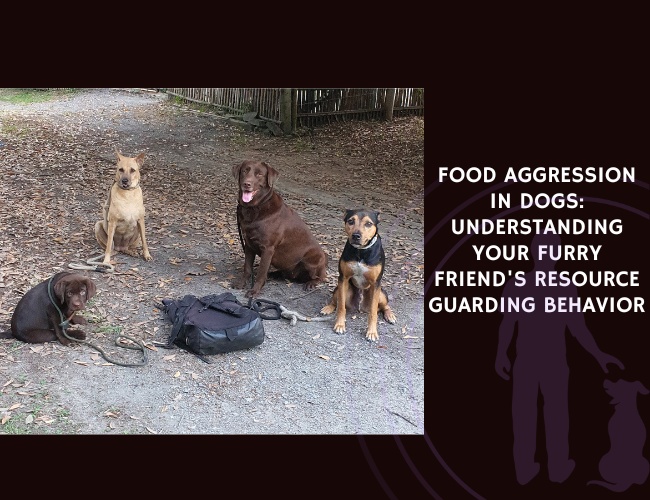Training guide dogs is a resource-intensive process, and behavioral disqualification remains a significant obstacle. In this study, Kobayashi et al. (2013) investigated whether behaviors observed in puppies could predict “Distraction”—a key factor in guide dog disqualification—before formal training begins.
The study followed 110 Labrador Retrievers from 5 to 15 months of age. At five months, puppy raisers used a 20-item questionnaire to rate traits such as excitability toward strangers, initiative on walks, and exploration. At 15 months, professional trainers assessed the same dogs using a validated distraction index.
Principal component analysis revealed that nine items from the puppy questionnaire significantly contributed to the first behavioral component (PC1). This component showed a positive correlation with distraction levels assessed at 15 months (rs = 0.31, P = 0.0009), suggesting a predictive relationship.
Though the questionnaire’s predictive power is moderate, these findings provide a strong basis for developing early screening tools. Such tools could enhance the efficiency of guide dog programs by identifying at-risk candidates before the costly training phase begins.
This research supports the idea that behavioral assessment during the puppy-raising period can help forecast traits that influence long-term training success—especially distraction, a leading cause of disqualification.
Source: Natsuko Kobayashi, Sayaka Arata, Ayano Hattori, Yuka Kohara, Yuka Kiyokawa, Yuji Takeuchi, and Yukari Mori, Journal of Veterinary Medical Science, January 31, 2013.










